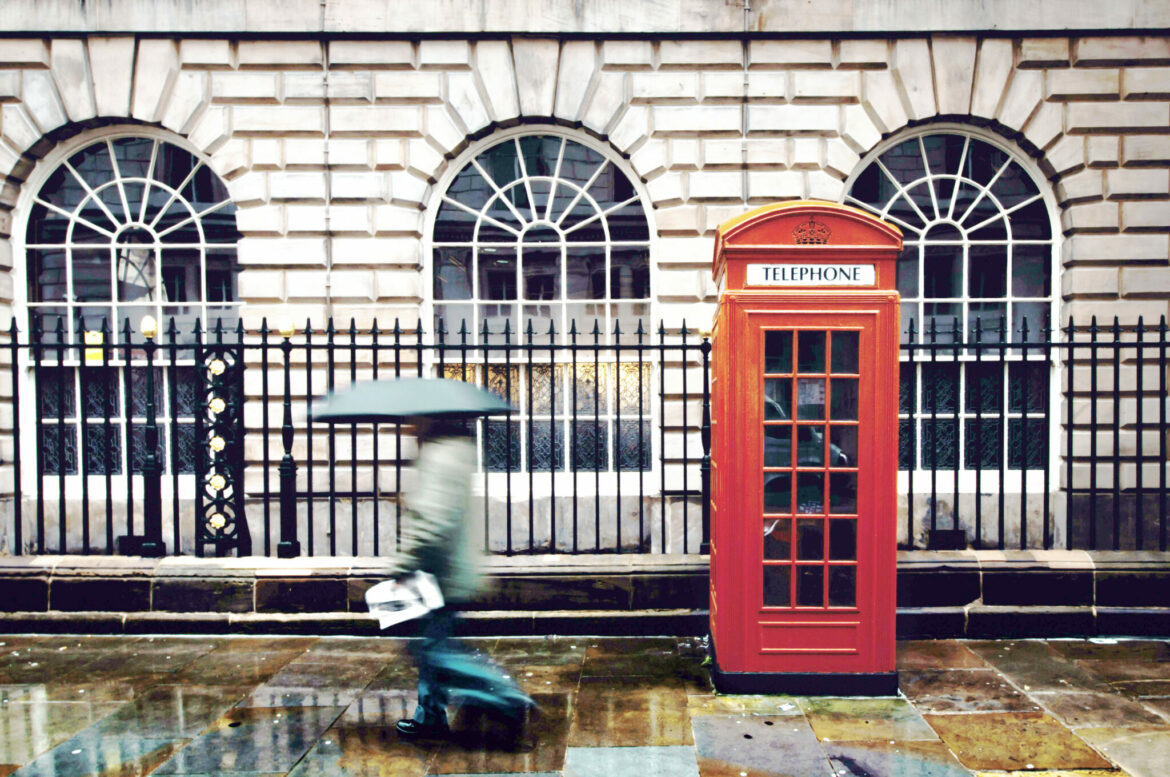About Booth Museum of Natural History
The Booth Museum of Natural History in Brighton/Hove, UK, is a prominent institution known for its extensive collection of natural history specimens. The museum was established in 1874 and named after its founder, Edward Thomas Booth. It houses a diverse range of exhibits showcasing wildlife, fossils, skeletons, and taxidermy specimens.
The museum is praised for its educational value, providing visitors with an opportunity to learn about the natural world and biodiversity. It holds special exhibitions and events throughout the year, attracting both locals and tourists interested in natural history.
The architecture of the museum is notable, with its Victorian-style building and imposing facade. The interior is well-designed, with interactive displays and informative signage to engage visitors of all ages.
Overall, the Booth Museum of Natural History is a must-visit destination for those interested in exploring the wonders of the natural world and learning more about our planet's diverse ecosystems.
Interesting facts about Booth Museum of Natural History
- The Booth Museum of Natural History is located in Brighton, East Sussex, United Kingdom.
- It was founded in 1874 by naturalist and collector Edward Thomas Booth.
- The museum houses over half a million specimens of birds, insects, fossils, skeletons, and other natural history artifacts.
- One of its most famous exhibits is the rare Edwardian bird dioramas, displaying birds in their natural habitats.
- The museum also features interactive displays and activities for visitors of all ages.
- Booth Museum has a focus on Victorian taxidermy and showcases examples of this art form throughout the museum.
- Entry to the museum is free of charge, making it a popular destination for locals and tourists alike.
- Visitors can learn about local wildlife and ecology through the displays and educational programs offered at the museum.
- The museum regularly hosts special exhibitions and events related to natural history and conservation.
- Booth Museum is a designated Grade II listed building due to its historical significance and architectural charm.
Frequently asked questions
1. What is the Booth Museum of Natural History known for?
The Booth Museum is known for its extensive collection of taxidermy specimens, especially birds.
2. When was the Booth Museum of Natural History established?
The museum was established in 1874 by Edward Thomas Booth.
3. What can visitors expect to see at the Booth Museum?
Visitors can expect to see a wide variety of bird exhibits, as well as skeletons, fossils, and interactive displays.
4. Is the Booth Museum suitable for children?
Yes, the Booth Museum is a family-friendly attraction with hands-on activities and educational exhibits for children.
5. Are there any special events or temporary exhibitions at the Booth Museum?
Yes, the museum hosts special events and temporary exhibitions throughout the year. Check their website for current offerings.
6. Can visitors take guided tours of the Booth Museum?
Yes, the museum offers guided tours for individuals and groups. Advance booking may be required.
7. Is there a gift shop at the Booth Museum?
Yes, the museum has a gift shop where visitors can purchase souvenirs, books, and other items related to natural history.
8. What are the opening hours of the Booth Museum?
The museum is typically open from 10am to 5pm, Tuesday to Sunday. It is closed on Mondays.
9. Is there an admission fee to enter the Booth Museum?
Admission to the Booth Museum is free, although donations are appreciated to support the upkeep of the museum.
10. Can visitors access the Booth Museum by public transportation?
Yes, the museum is easily accessible by public transportation, with bus stops and train stations nearby.
What people love about it
During my recent visit to the Booth Museum of Natural History in Brighton/Hove, UK, I was intrigued by the wide range of fascinating exhibits on display. The museum's collection of taxidermy specimens was extensive and highly detailed, offering a unique insight into the world of natural history. The interactive displays provided an engaging learning experience, and I found myself captivated by the diverse array of wildlife showcased throughout the museum. Overall, my time spent at the Booth Museum of Natural History was both educational and enjoyable, and I would highly recommend it to any fellow travelers seeking a memorable cultural experience.
How to get to Booth Museum of Natural History
To get to the Booth Museum of Natural History in Brighton/Hove, UK, you have a few transportation options depending on where you are coming from:
1. By Train: The nearest train station to the museum is Brighton Station. From there, you can take a taxi, bus, or walk to the museum. It's about a 20-25 minute walk from the station.
2. By Bus: There are several bus routes that stop near the museum, including the Number 5 and Number 5A buses. Check the local bus schedule for the most up-to-date route information.
3. By Car: If you plan to drive to the museum, there is limited on-street parking nearby. There are also several car parks in the area where you can park for a fee.
Once you arrive at the museum, located at 194 Dyke Road, Brighton, BN1 5AA, you can enjoy exploring the fascinating natural history collections housed there. Be sure to check the museum's website for up-to-date information on opening hours and any special exhibitions or events.
When to visit
The best time of year to visit the Booth Museum of Natural History in Brighton/Hove, UK would be during the spring or summer months. This is when the weather in Brighton tends to be more pleasant and conducive to exploring the outdoors. Additionally, during these seasons, the museum often hosts special events, exhibitions, and activities for visitors to enjoy. Spring and summer also provide the opportunity to explore the beautiful gardens and outdoor spaces surrounding the museum. However, to avoid crowds, you may want to consider visiting on weekdays rather than weekends.
Table of Contents

